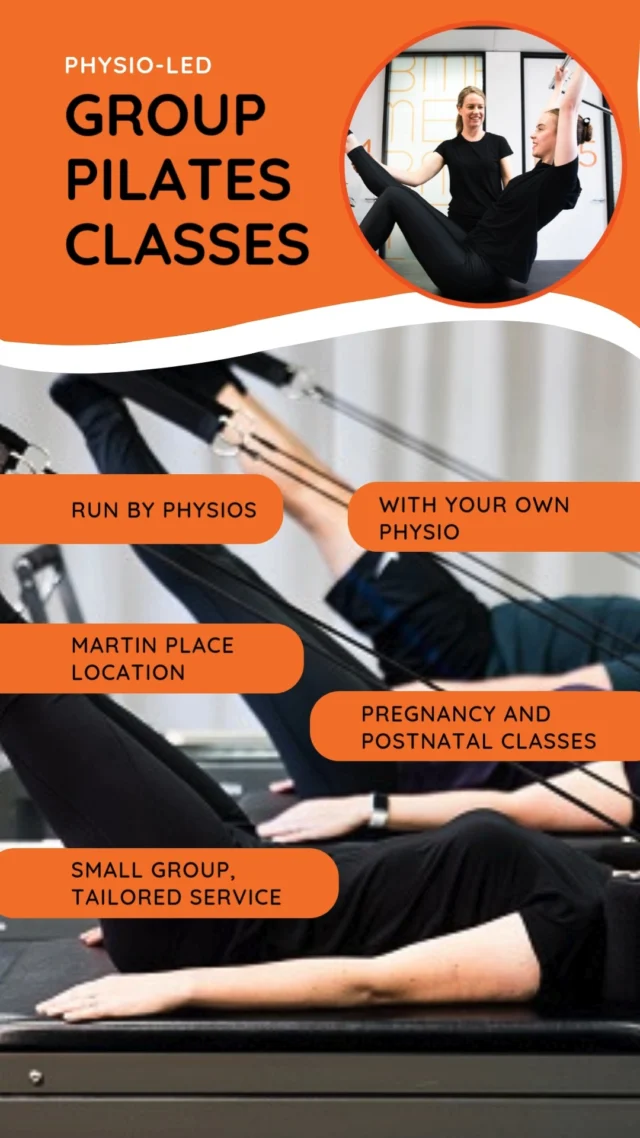Your spine is made up of a stack of bones, the vertebrae, and in between each vertebra is an intervertebral disc. The discs act as shock absorbers for the spine and are made up of a fibrous outer shell (annulus fibrosis) and a softer gel-like centre (nucleus pulposus).
If you heard the term, ‘a slipped disc’ or ‘disc bulge’, this usually means that the disc has ruptured and the inner gel has protruded outwards. A ‘herniated disc’ is a significant disc bulge where the nucleus pulposus has protruded out of the annulus completely. It can occur anywhere along your spine from your neck to lower back and can vary in severity and chronicity.
The cause for a disc bulge can be attributable to a weakness in the annulus (disc wall) and/or increased pressure on the disc. This can include activities such as lifting a heavy object while bent over or sustaining repetitive microtrauma on the disc over time (e.g. from prolonged/repetitive bending or prolonged improper sitting and posture). The lower back is the most common location for disc bulges.
Common symptoms of a disc bulge in the lower back can include:
- Low back pain that can vary from sharp to dull and can radiate into buttocks and/or leg
- Stiffness and guarded movements in the lower back
- Low back pain aggravated in prolonged sitting, forward bending, lifting and coughing/ sneezing
- A disc bulge can also irritate and put pressure on nearby nerves in your spine causing pin and needles, numbness, muscle weakness and reduced reflexes in your leg
Severe disc bulges in your lower back may compress the spinal cord and cause bladder and bowel dysfunction, numbness in the groin area, pins and needles/numbness down one or both legs, strength deficits, balance and coordination changes. This is called cauda equina syndrome and it is a medical emergency requiring a visit to hospital.
Your Physiotherapist is able to diagnose a disc bulge and its severity based on your reported symptoms and a physical examination which can include assessing your posture, movements, provocation of pain source through palpation and neurological testing if indicated.
Disc bulges are usually successfully managed conservatively with medication (to reduce pain and inflammation in acute stages) and physiotherapy treatment. Physiotherapy aims to reduce pain, improve movement and function. It can include:
- Education and advice on activity modifications
- Use of ice/heat therapy or taping in acute stages
- Manual therapy – joint mobilisations and soft tissue massage
- Exercise therapy – mobility exercises, stretches, core stability and strength
Developing motor control within the core trains and strengthens important deep postural muscles of the spine that stabilise and protect the joints and discs. Widely published research reinforces motor control training such as Pilates with a Physio is beneficial in the rehabilitation and prevention of low back pain, including disc bulges.
Surgery is occasionally considered in severe cases if your condition is not responding to conservative management. This can include a micro-discectomy which removes part of the disc to alleviate pain and pressure on the spinal nerves but would also require physiotherapy rehabilitation post-op. Recent research concludes that a prolonged physiotherapy and rehabilitation program may even improve functional capacity sooner than early surgical intervention.
We understand how an acute disc bulge can cause severe pain and dysfunction. Our Physiotherapists at Bend + Mend in Sydney’s CBD aim to help you return to your daily activities and exercise/sport pain-free as soon as possible and prevent reoccurrence with proper rehabilitation.
References:
Svensson, G., Wendt, G., & Thomee, R. (2014). A structured physiotherapy treatment model can provide rapid relief to patients who qualify for lumbar disc surgery: A prospective cohort study. Journal Of Rehabilitation Medicine, 46(3), 233-240. doi: 10.2340/16501977-1255
Abou-Elroos, D., El-Toukhy, M., Nageeb, G., Dawood, E., & Abouhashem, S. (2017). Prolonged Physiotherapy versus Early Surgical Intervention in Patients with Lumbar Disk Herniation: Short-term Outcomes of Clinical Randomized Trial. Asian Spine Journal, 11(4), 531. doi: 10.4184/asj.2017.11.4.531





